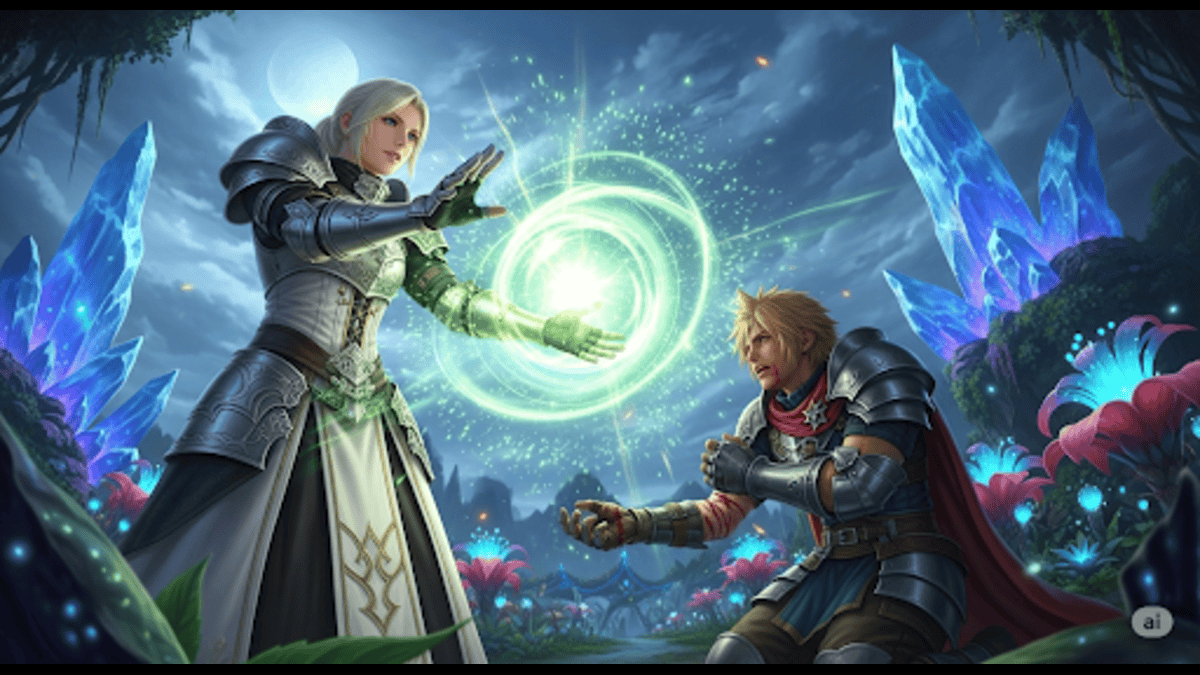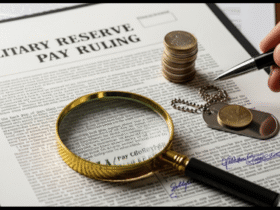In the Final Fantasy series, battles aren’t just about unleashing massive damage; they’re also about keeping your party in fighting shape. That’s where final fantasy restoration magic comes in—a set of spells and abilities focused on healing, reviving, and protecting your team from harm. Whether you’re playing the original NES classic or the latest entry in the franchise, restoration magic has always been a core part of strategy.
In this article, we’ll explore what restoration magic is, how it works across the series, iconic spells, and why it’s essential for victory—plus a handy FAQ section for players who want the finer details.
What Is Restoration Magic in Final Fantasy?
In the context of Final Fantasy, restoration magic refers to spells and abilities designed to:
- Heal HP (health points)
- Revive fallen characters
- Cure negative status effects
- Provide protective buffs
This magic is typically associated with White Magic or healing classes like White Mages, Scholars, Devouts, and Priests, though in some games, hybrid classes like Red Mages or Paladins can also cast restorative spells.
Key Features of Restoration Magic
1. Healing HP
The bread-and-butter of restoration magic. Common spells include:
- Cure (small heal)
- Cura (moderate heal)
- Curaga (large heal)
- Curaja (massive heal, usually late-game)
2. Revival Spells
Nothing keeps a party going like bringing back a KO’d ally:
- Raise (revives with partial HP)
- Arise (revives with full HP in some games)
- Life and Full-Life (names vary by installment)
3. Status Recovery
Final Fantasy loves throwing status ailments at players—poison, paralysis, confusion, petrification. Restoration magic counters them with spells like:
- Esuna (cures most status effects)
- Stona (cures petrification)
- Poisona (cures poison)
4. Protective Buffs
Some restoration magic overlaps with support spells, like:
- Protect (increases defense)
- Shell (increases magic resistance)
- Regen (gradually restores HP over time)
Restoration Magic Across the Series
Final Fantasy I–VI
Restoration magic was tied to the White Mage/White Wizard class. Spells were learned individually and had limited uses per day (in early games) or MP cost (from FFIII onward).
Final Fantasy VII–IX
Healing magic was tied to Materia (FFVII), Magic Stones (FFIX), or learned abilities (FFIX). Items like Phoenix Down complemented revival spells.
Final Fantasy X–XII
Healing spells became flashier and often scaled with magic stats. In FFX, Yuna’s White Magic was vital. In FFXII, Gambits allowed AI-controlled healing strategies.
Final Fantasy XIV
As an MMORPG, FFXIV elevates restoration magic into a real-time cooperative role, with dedicated healers like White Mage, Scholar, and Astrologian. Timing and positioning become as important as spell choice.
Final Fantasy XVI and Modern Entries
Restoration magic is streamlined, sometimes with limited access for balancing reasons, making it even more valuable when available.
The Role of Restoration Magic in Strategy
Players often underestimate healing until they’re on the receiving end of a devastating boss attack. Proper use of restoration magic can:
- Prevent party wipes
- Reduce item dependency
- Turn losing battles into comebacks
- Allow riskier offensive strategies
Pro tip: In most games, it’s more MP-efficient to heal before a character’s HP drops to critical levels.
Famous Restoration Spells in Final Fantasy
- Cure series – The most recognizable healing spells in gaming history.
- Esuna – The cure-all for status effects.
- Raise/Arise – Essential for surviving boss battles.
- Regen – Ideal for long fights to passively heal while attacking.
- Holy – Interestingly, some Final Fantasy games treat Holy as an offensive white magic spell, blurring the line between healing and damage magic.
FAQs: Final Fantasy Restoration Magic
Q1: Is restoration magic always tied to White Mage in Final Fantasy?
A: Not always. While White Mage is the iconic healing class, many games give healing spells to other classes or characters, such as Paladins, Red Mages, or even Summoners in certain installments.
Q2: What’s the difference between Cure, Cura, Curaga, and Curaja?
A: These are tiers of the same healing spell, each restoring more HP than the last. The exact amount varies per game, but generally:
- Cure = small heal
- Cura = medium heal
- Curaga = large heal
- Curaja = massive heal, often heals the whole party
Q3: Are items better than restoration magic?
A: Items like Potions and Phoenix Downs can be faster in some situations, but magic often scales better with character stats and can affect multiple targets at once.
Q4: Does magic power affect healing in all Final Fantasy games?
A: In most titles, yes. Characters with higher Magic, Spirit, or Faith stats will heal more with the same spell.
Q5: Which Final Fantasy has the best restoration magic system?
A: Opinions vary, but Final Fantasy X is often praised for its fluid, character-specific healing, while Final Fantasy XIV offers the most complex and engaging restoration gameplay due to its MMO mechanics.
Final Thoughts
Restoration magic is more than just topping up health bars—it’s the backbone of survival in the final fantasy restoration magic. Whether you’re facing pixelated goblins in FF I or battling screen-filling bosses in FF XVI, the right healing spell at the right time can mean the difference between triumph and defeat.
Mastering restoration magic isn’t just about knowing which spell to cast—it’s about anticipating damage, managing resources, and adapting your strategy to the fight at hand.















Got a Questions?
Find us on Socials or Contact us and we’ll get back to you as soon as possible.